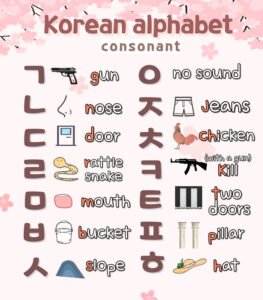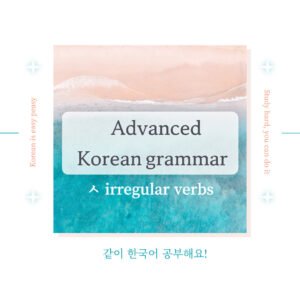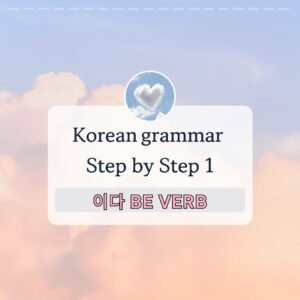는지 vs 건지 Difference (뭐 할지? 뭐 할 건지!?)
Hello everyone, this is Sol!
As you study the grammar pattern -는지, you’ll sometimes notice sentences that use -건지 instead.
Have you ever wondered about the difference between:
내일 뭐 할지 알아? vs 내일 뭐 할 건지 알아?
That little word “것” plays an important role here, and it actually shows up in many other places too.
So let’s take a closer look at how it’s used and where else you might see it!
Let’s dive in!
– 내일 뭐 할지 알아?
– 내일 뭐 할 건지 알아?
Frankly, there isn’t a huge difference between the two.
So if you ever feel confused, you can use either one and you’ll be fine.
But for Korean native speakers, we do notice a subtle nuance.
건지 comes from 것 + 인지, and 것 literally means “thing” in Korean.
Basically:
내일 뭐 할지 알아? Do you know what you’ll do tomorrow?
내일 뭐 할 건지 알아? Do you know what the thing is that you’ll do tomorrow?
Of course, in English you wouldn’t normally phrase it like the second example.
But in Korean, by adding 것 (“the thing”), the speaker is putting a little more emphasis on the action – wanting to know more precisely or a bit more specifically what you’ll do tomorrow.
⭐ Let’s look at another example using the present tense:
- 걔가 지금 어딨는지 모르겠어.
걔가 지금 어딨는 건지 모르겠어.
(“어딨는” is just a shortened form of “어디 있는.”)
For me, the first one is more like: “I don’t know where the person is.”
The second one carries a stronger emphasis, more like: “I have no idea where the person is—no clue!”
I might use the second one if, for example, I’ve been waiting for my friend for 30 minutes and she hasn’t responded.
I would be thinking: “Where the heck is she? I have no idea where she is… 😑”
In that situation, you’d naturally say: 어딨는 건지 모르겠다 rather than 어딨는지 모르겠어.
⭐ Here are a bit more examples ⭐
- 걔가 왜 울었는지 모르겠어: I don’t know why he cried. (Simple)
- 걔가 왜 운 건지 모르겠어: I don’t know what the reason for his crying really was. (Slightly stronger)
- 이게 맞는지 잘 모르겠다: I’m not sure if this is right.
- 이게 맞는 건지 잘 모르겠다: I’m not sure if this is really the right thing.
This usage of “것” can be found in other sentences too.
How would you say “What do you want?” in Korean?
You can simply say: 너 뭐 원해?
But you’ll also often hear Koreans say: 너 원하는 게 뭐야?
Literally, this means: “What is the thing that you want?”
By adding “것” (the thing) here, you’re putting a bit of emphasis, like: “So… what is it that you really want?”
You might even hear 너 원하는 게 뭐야?!?!? in K-dramas when couples are arguing haha 😅
☘️ Here’s another situation:
너 뭐 먹고 싶어?: What do you want to eat?
But imagine your friend has been indecisive for 10 minutes and still doesn’t know what to eat… and you’re getting a little frustrated. Then you might say:
너 도대체 먹고 싶은 게 뭐야… 빨리 정해 ㅠㅠㅠ
(What on earth do you want to eat… / What is the thing that you want to eat?!? hurry up!)
Here, adding 도대체 shows your extra frustration and impatience, which makes it sound very natural in casual Korean.
(도대체 is very casual; it can mean ‘on earth,’ ‘the heck’/‘the hell,’ or even ‘for goodness’ sake’ 😁)
You’ll hear ‘것’ used all the time in casual speech, and ‘건’ pops up in lots of different situations too.
Keep the idea of ‘것’ in mind, and I hope this helps you get it! 😊🌿







